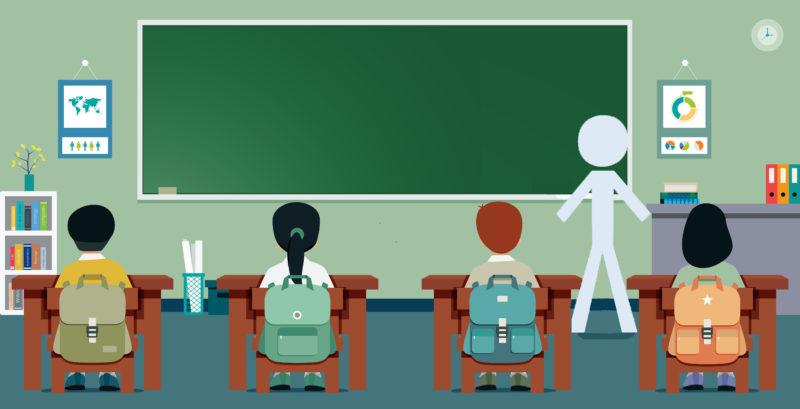Health literacy is critical to patients’ ability to manage their health and make informed decisions about their care. However, many patients face barriers to accessing and understanding health information. This can lead to poor health outcomes and increased healthcare costs. As a healthcare provider, you can help your patients overcome these barriers by providing them with the resources and support to improve their health literacy.
Health literacy is critical to patients being able to manage their health. Many patients face barriers to accessing and understanding health information. This can lead to poor health outcomes and increased healthcare costs. As a healthcare provider, you can help your patients overcome these barriers by providing them with the resources.

Self-care is a big word, but what does it mean? Self-care doesn’t happen in a bubble. It starts with the care we give to ourselves within the context of our larger communities. Life can feel overwhelming, and life as a health educator can feel even more so, especially when you are in a place with such high levels of chronic disease and illness. To provide comprehensive and authentic health education, learn how to engage patients in discussing and solving their health issues.
The Financial Incentives for Education and Awareness
With better education, patients will have more accurate health care. Remember, health is wealth. Educating people on healthy practices will reduce healthcare costs and protect their long-term health. Healthcare in America is a business, but it should be built around the needs of each individual. A lack of awareness is the main barrier to patients learning about good health practices. Once you know more about why people need to stay informed about health practices, it becomes much easier to teach them.
The Role of Technology in Education and Awareness
Today’s internet is increasingly popular amongst patients, especially in cancer treatment. Therefore, the goal of this lesson should be to help the health professional and the patient understand how to access the world of online learning. Of course, some areas need improvement, such as enhancing social skills for anxiety sufferers. The challenge with online education will always be building a supportive community or creating products that generate interest in consuming educational content.
There are many barriers to engaging in health education. For example, a patient may not know that they have specific symptoms of a medical condition. Medical providers need to be able to identify these skills to help patients learn them. Medical providers need to be able to identify these skills to help patients learn them. Some people may not know how to find health information online or elsewhere. They may have a hard time using computerized systems and navigating websites.
Barriers to health education are common, and when you have found your audience, address those barriers. Obstacles can come from within yourself (or the person you will be teaching) or external forces like fear of public speaking, lack of money, or illness. Uniquely address each of these to bring context and meaning to your message.
Things You Should Keep In Your Mind:
- What are the challenges with online education?
- How can we build supportive communities for online education?
- How can we generate interest in consuming educational content online?
- What are the benefits of online education?
- What are the drawbacks of online education?
- How can we make online education more effective?
- What is the future of online education?
Starting with “how to…” is an excellent tactic because it enables the learner to complete the action step-by-step. This strategy prompts learners to think about their learning, making them more likely to retain the information. Although almost everyone has the knowledge and desire to prevent illness in themselves or their loved ones, we often find barriers that prevent us from educating others. You will want to share simple, teachable moments with your audience to address these barriers.
As mentioned, many factors are involved in getting people to adopt and retain healthy behaviors. A common barrier is the lack of skills required to succeed at a specific behavior (e.g., cooking versus nutrition). Another factor that could impact health-related behaviors is social disapproval. This article aims to identify barriers and tips for teaching patients specific health practices, such as creating meal plans or quitting smoking. Note: This article will not focus on other critical topics like policies and laws.
Conclusion
Health education is the process of teaching people about their health. It includes information about the human body, how it works, and how to keep it healthy. Health education also covers nutrition, physical activity, and mental health.
